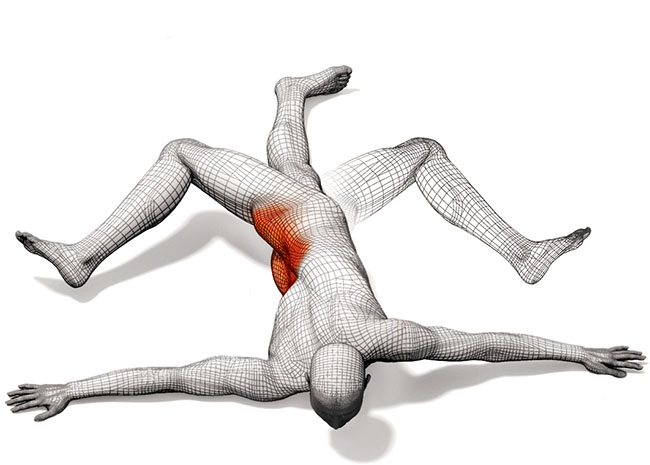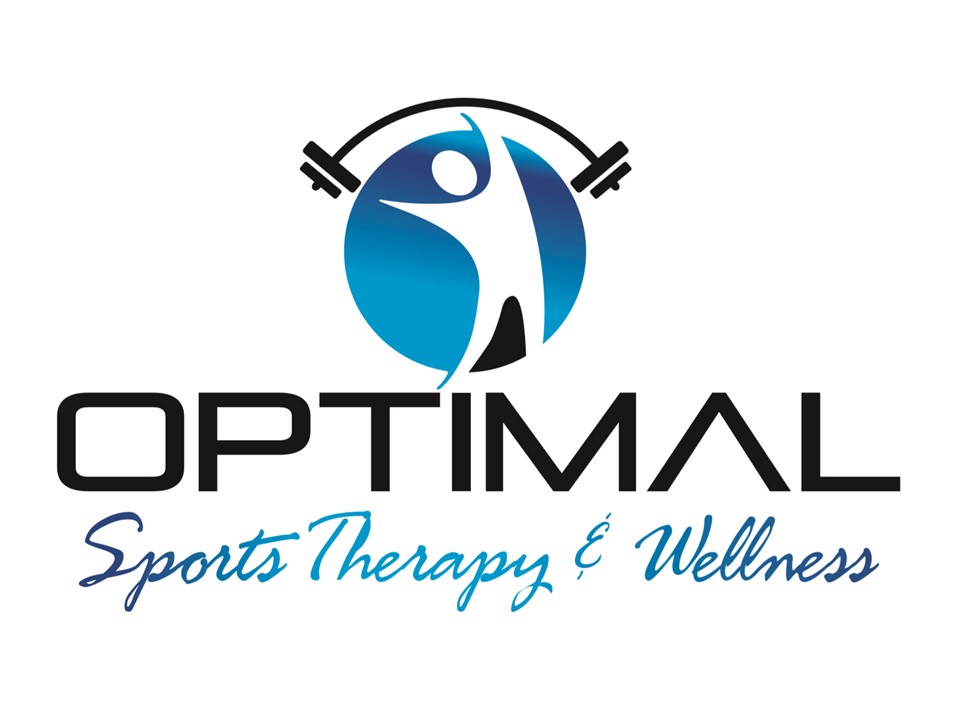For years people have been told to rest after an injury has taken place. The common acronym of “PRICE” (prevent, rest, ice, compress, elevate) is the guideline to help decrease pain and facilitate repair. The question raised is, how long do I have to PRICE?
There are three phases that occur once a tissue (muscle, tendon, ligament, etc.) is injured.
Phase 1: The Inflammatory Phase – This phase occurs immediately upon the injury. Blood flows to the area more than usual to for a clot in the tissue. This can be visualized by swelling to the area (we can go into what exactly happens physiologically, but this is not the purpose of this post).
How long does this phase last? 2-3 days depending on the type of tissue involved and how badly the injury was.
Phase 2: The Repair Regeneration Phase – The clot has been formed and all of the white blood cells have laid down a good enough base to start laying down the initial collagen (aka soft scar tissue is formed).
How long does this phase last? 2 days to 6 weeks
Phase 3: Remodeling and Rehabilitation Phase – Scar tissue is remodeled and it begins its permanent repair.
How long does this phase last? 3 weeks to 12+ months!

We are not PRICEing for 12 months. In fact, we are not even PRICEing for 3 days. The reason for this blasphemy of rehabilitation is because we need to have RELATIVE REST! The scar tissue should ideally be formed in the same direction as the tissue it’s being laid on. What does that mean to our recovery? We MOVE! (without pain)
For your enjoyment, here are some effects that full immobilization has on the body:
1. Muscle atrophy (muscle loss) begins in 6 hours
2. The atrophy rate of muscle is 1.5% PER DAY!
3. This means 41% decrease in strength in 5 weeks
4. Loss of tissue mobility (adhesion formation)
5. Detrimental effects to the synovial joint and connective tissue
6. Damage to tendon structure
7. Permanent cartilage damage
8. Vein and artery complications
9. Loss of neuromuscular coordination (ability to move the joint is impaired)
The key point is to be on top of your rehabilitation. Letting an injury just heal by itself without taking an active role in rehabilitation will result in less range of motion, and chronic pain due to compensation. Contact your chiropractor, physical therapist, orthopedist, or medical doctor for advise on how to progress your injury. There is no injury too small to address; if it causes any pain or discomfort ask now before it grows into a much greater problem down the road.
Yours in Health,
Andrew “Spider” Yaun, D.C.


